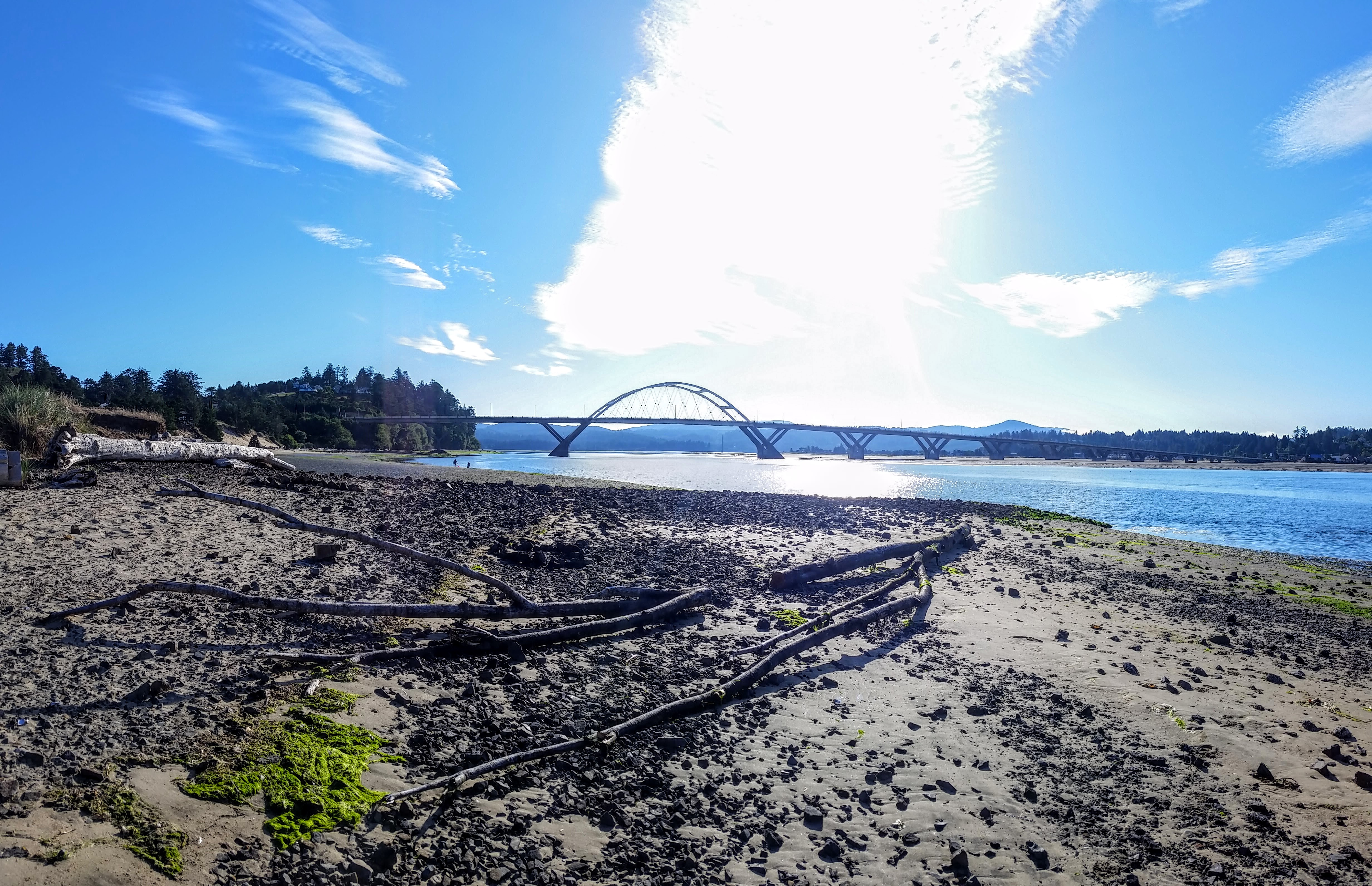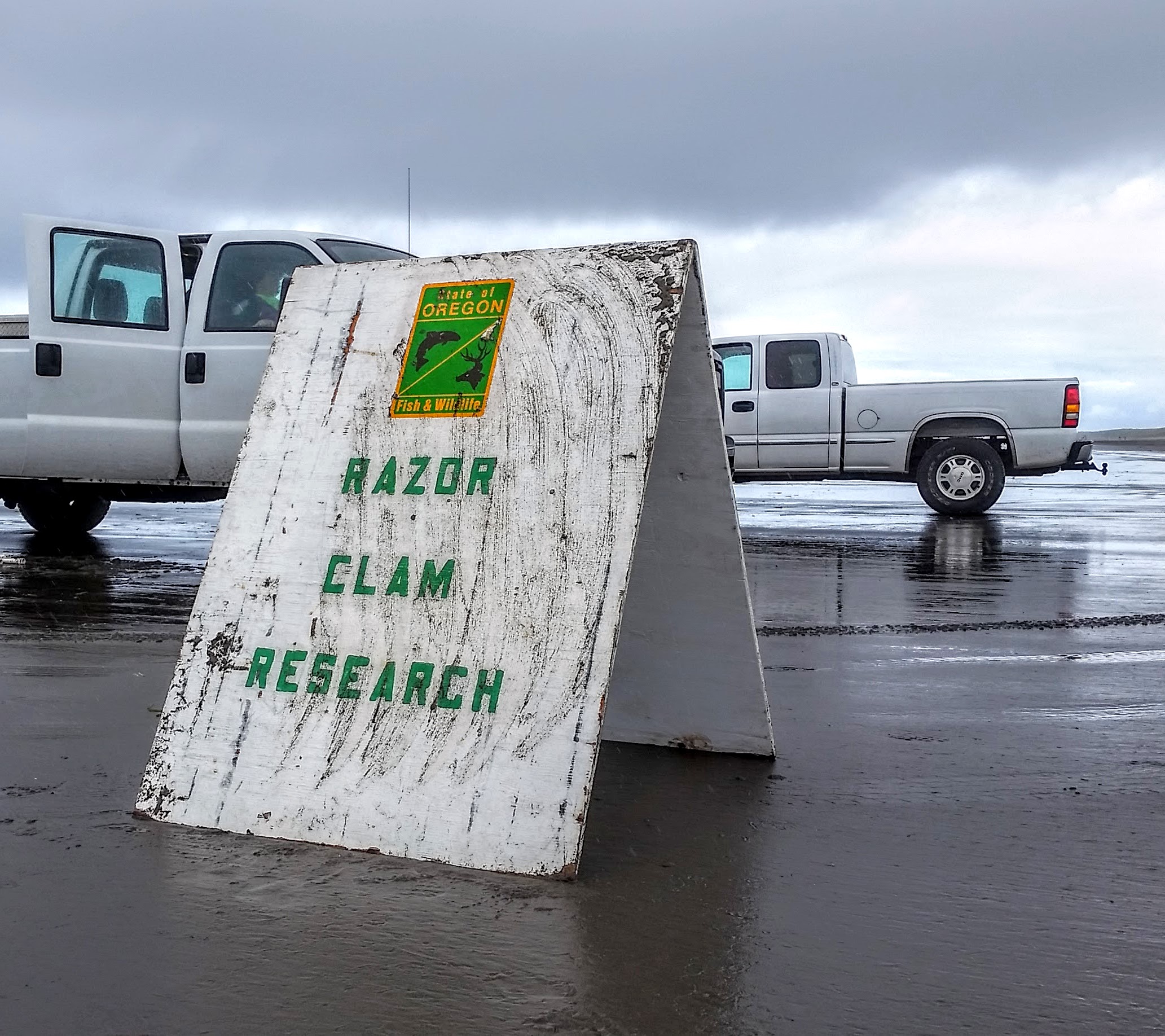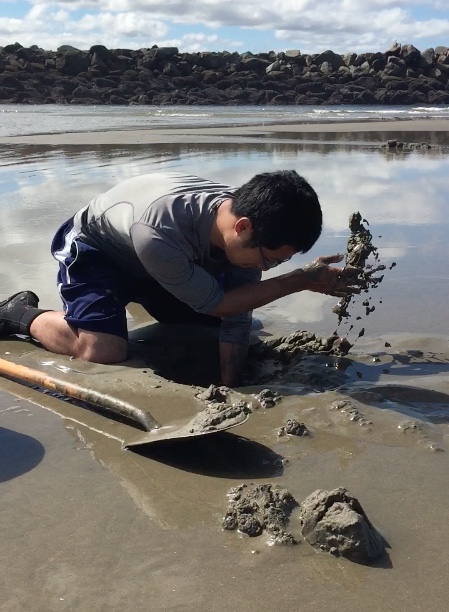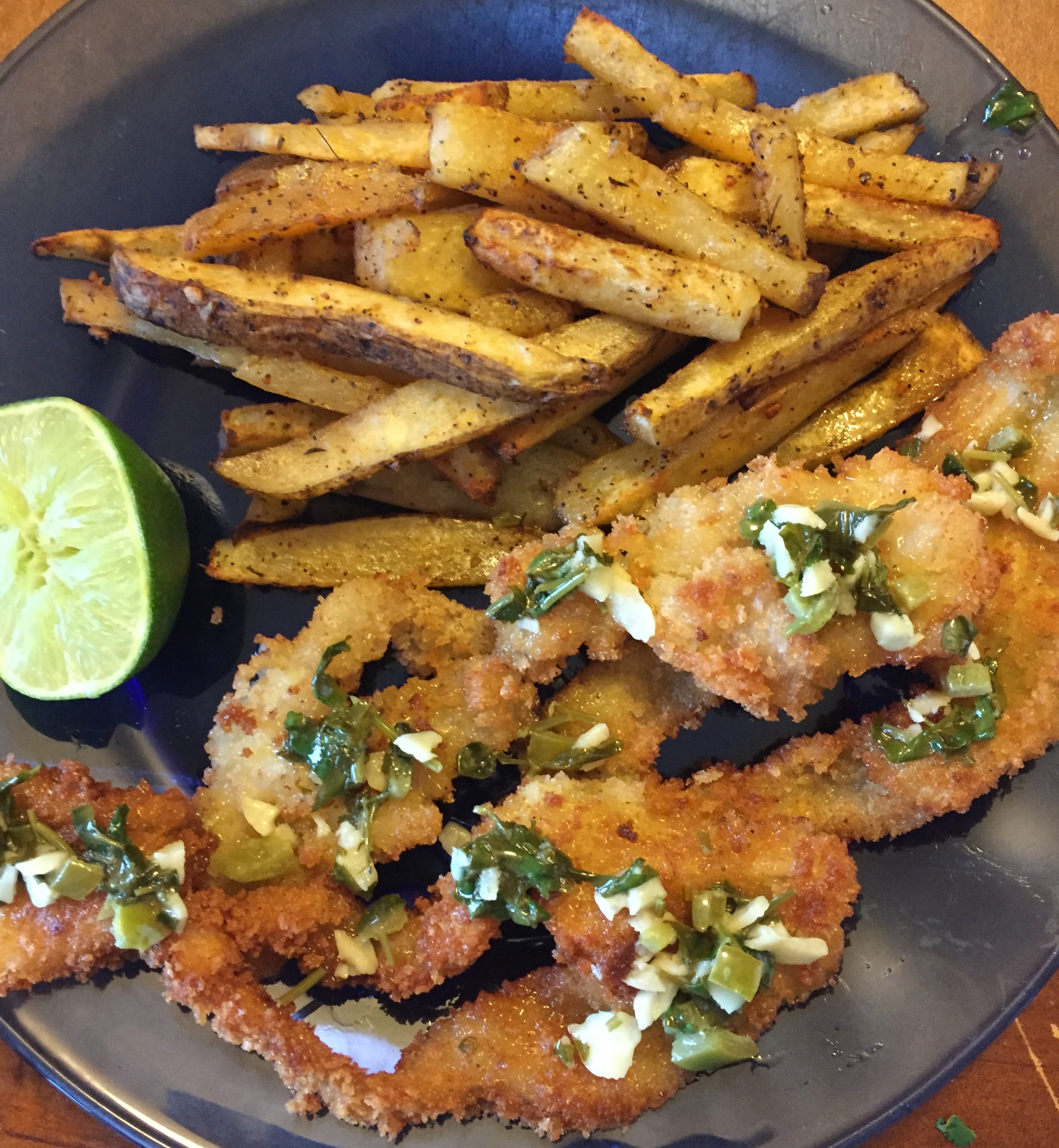Five weeks down, five more to go. This past Friday was our midsummer check-in, where we had the chance to showcase our work so far in short presentations to the other scholars and the program coordinators, after which we were rewarded with a camping trip to Willamette National Forest.

A shot of our backyard for the night (who said waterfront property had to be expensive?).

After a short hike, we arrived at the Tamolitch Pool. Looks pretty shallow, right?

…but not when you get down to the edge of the pool. The ledge I was standing on dropped straight down at least twenty feet. This deceptive view can be attributed to the stunning clarity of the water, which is due to its underground source. I can’t find an explanation for its deep blue color, so if anyone has an idea, do comment below.
So in keeping with the theme, now would be a good time to give a quick and consolidated blurb about what I’ve accomplished and what I plan on doing for the next half of this summer.
As you may recall, I have a two-part job with the ODFW Marine Reserves Program. The ecological monitoring half of it has had me out in the field the majority of the time. SMURFing trips to Otter Rock Marine Reserve occur every two weeks, so I’ve had the opportunity to get out on the water several times now to sample juvenile fish. The other area I’ve been working on involves intertidal sea star surveys, which we conduct in order to assess sea star wasting disease among the populations in the reserves. This is a more hands-on project, as I am personally coordinating and leading the surveys as well as entering data and crunching numbers back in the office.
The flip side of my time here is spent on communications. The ODFW runs routine news updates on its marine reserves website, which I’m assisting with. So far I’ve taken a shot at writing about a new project on ocean acidification involving pH sensors in the reserves, and from here on out the goal is to push one post out every two weeks. Finally, to round things out, I am currently in the process of brainstorming potential topics for communications videos. Right now, it’s looking as though I’ll be producing either a tide pool video on life beneath the surface or a fish species highlights video from some of the cool footage that we already have.
As you can imagine, I’ve been kept busy bouncing around from the boat to the office to the tide pools, but I’ve also made sure to set aside some time to pursue my own interests. At the beginning of the summer, the coordinators had us come up with two SMART goals. I crossed the first one off my list fairly quickly (learn how to snorkel), but the second one is a bit more extensive. I decided that for this objective I would familiarize myself with the various fish species local to Oregon’s waters through time spent at work, the aquarium, or fishing (I’ve also decided to throw in a few shellfish IDs in there as well). And what better way to demonstrate my progress than to show my piscatorial pursuits? Let’s get to the pictures.
First stop, the mudflats by Hatfield. Catch the shrimp to get the bait, then catch the fish after catching the bait.

Neotrypaea californiensis, the bay ghost shrimp, commonly known simply as the ghost shrimp or sand shrimp. While both sexes possess one larger claw, this dominant claw in males is typically much bigger than the one on females (personal experience warning: I don’t recommend getting pinched by either).

Upogebia pugettensis, the blue mud shrimp. I was actually digging (unsuccessfully) for a gaper clam when I uncovered this guy several feet down. This is the first and only one I’ve seen thus far, so I consider myself lucky to have found it.

Marveling at a cockle, Clinocardium nuttallii. These clams are typically found much shallower than other clam species. The trick to finding cockles is to look for two holes spaced closely together on the ground; these are actually a pair of siphons that the cockle uses in filter feeding. I also collected gapers, littlenecks, softshells, and bent-nose macomas while clamming.
Next stop, the jetties.

This is a male kelp greenling, Hexagrammos decagrammus, caught about ¾ of the way down the South Jetty. Like the bay ghost shrimp, this species exhibits sexual dimorphism, with the males displaying darker coloration and fewer, larger spots toward the head and females having a more colorful complexion with numerous, smaller spots throughout the body. I ended up catching three in this one spot, all males about 16 to 17 inches in length.

A quillback rockfish, Sebastes maliger, just off one of the finger jetties. An interesting fact (and one I didn’t know at the time…) lies in the dorsal spines that this species is named for – these spines are actually attached to venomous glands at the base. Good thing I’m holding this fish by the jaw.

Another rockfish, this time a Sebastes caurinus: the copper rockfish. You can tell these apart from other, similarly colored rockfish by the light streak on the lateral line stretching from the base of the tail to around the middle of the body. Another characteristic is a distinctly yellow lower lip, obviously not visible here from the way I’m holding the fish.
Finally, we head back towards home and onto the pier to toss a crab ring.

I have an interesting story behind this picture. Although not clearly visible, the bait in the very middle of the ring is the tail piece of a filleted, 3 foot albacore that I fished from a dumpster at a nearby cleaning station the night before. We didn’t have much luck earlier using just chicken, but as soon we used the tuna, the ring was teeming with crabs on every pull. Just for kicks, we also added in some chicken thighs, which promptly went untouched the rest of the night. So if you plan on going crabbing, take note and save your fish carcasses after you fillet them (or find a dumpster).

A red rock crab, Cancer productus, uncharacteristically lying passively on its back. Normally red rocks are feisty, but this one stopped kicking for a moment to let me snap a picture. These can be distinguished from Dungeness crabs by the black tips on their claws as well as their overall reddish coloration.

And the other crab species we caught that night, Metacarcinus magister, the Dungeness crab. The sex of most any crab species can be determined by flipping the crab over and examining the flap, called the apron, on the underside. Males will have a narrow, pointed apron, whereas females will have a broader apron. This one is a male.

And a female Dungeness.

We were also fishing while letting the crab ring soak. After numerous pecks and nibbles throughout the night, I finally managed to land the sneaky culprit: Leptocottus armatus, the Pacific staghorn sculpin.

And finally, the delicious results of our crabbing foray. We ended up keeping one Dungeness and four red rocks.
That’s it for this week, hopefully more to come on future trips.



![Robert Bradshaw [CC BY 2.5 (http://creativecommons.org/licenses/by/2.5), GFDL (http://www.gnu.org/copyleft/fdl.html) or CC-BY-SA-3.0 (http://creativecommons.org/licenses/by-sa/3.0/)], via Wikimedia Commons](https://cldup.com/koM_iQCqpa.jpg)































